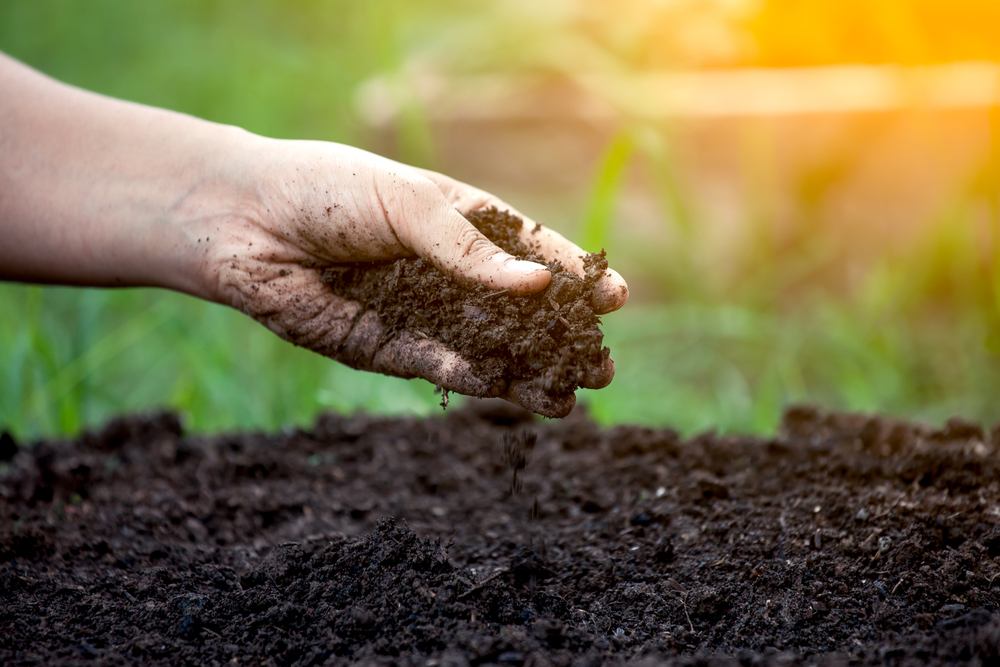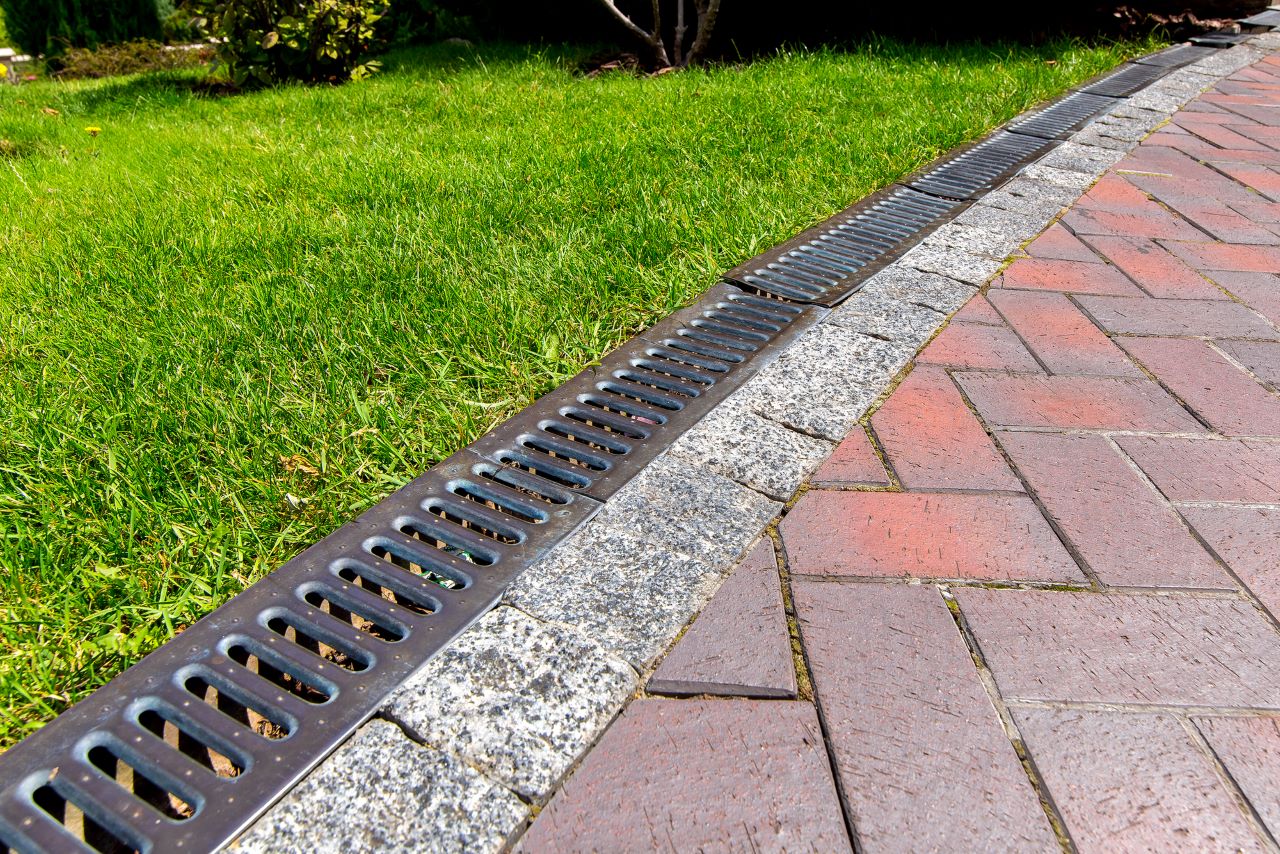How To: Benefits of Raised Bed Gardening

Imagine stepping into your backyard and seeing a lush, vibrant garden teeming with life. Now, picture that garden elevated, neatly contained, and thriving beyond your wildest dreams. Welcome to the world of raised bed gardening, a technique that transforms ordinary plots into extraordinary havens of plant growth. But why should you consider this method? Let's dive in and explore the benefits of raised bed gardening.
Why Choose Raised Bed Gardening?
Raised bed gardening is like giving your plants a luxury suite instead of a standard room. It offers a multitude of advantages that traditional gardening simply can't match. From improved soil quality to better drainage and easy access, this method is a game-changer.
Improved Soil Quality
One of the primary benefits of raised bed gardening is the ability to control your soil. Unlike traditional gardening, where you're at the mercy of your native soil, raised beds allow you to customize your soil mix. This means you can tailor the soil to the specific needs of your plants, ensuring optimal growth.

For instance, if you're growing vegetables that thrive in well-drained soil, you can create a mix that's high in organic matter and perlite. This level of control is a gardener's dream, as it allows you to create the perfect environment for your plants.
Better Drainage
Proper drainage is crucial for plant health. Too much water can lead to root rot, while too little can cause your plants to wilt. Raised beds offer better drainage because they're elevated above the ground. This elevation allows excess water to drain away from your plants, preventing waterlogging.
Think of it like a well-designed city. Just as a city needs a good drainage system to prevent flooding, your garden needs proper drainage to prevent overwatering. Raised beds are like the modern cities of the gardening world, designed with efficiency and sustainability in mind.
Easy Access
Raised beds make gardening a breeze. Because they're elevated, you don't have to bend over as much, which can be a lifesaver for your back. This makes gardening more accessible for people with mobility issues or those who simply want a more comfortable gardening experience.
Moreover, raised beds keep your plants neatly contained, making it easier to weed, prune, and harvest. It's like having a personal assistant for your garden, keeping everything organized and within reach.
Getting Started with Raised Bed Gardening
Now that you know the benefits, let's talk about how to get started. Here are some steps to help you create your own raised bed garden.
Choose Your Location
The first step is to choose the right location. Most plants need at least 6-8 hours of sunlight a day, so pick a spot that gets plenty of sun. Also, consider proximity to a water source, as you'll need to water your plants regularly.
Build Your Beds
Next, it's time to build your beds. You can use a variety of materials, from wood to stone to metal. Just make sure the material is safe for gardening and won't leach chemicals into the soil. The ideal size for a raised bed is about 4 feet wide and 8-12 feet long, as this makes it easy to reach all your plants.
Fill with Soil
Once your beds are built, it's time to fill them with soil. Remember, this is one of the biggest advantages of raised bed gardening, so choose your soil wisely. A mix of topsoil, compost, and potting soil is a good starting point.

For more information on soil types, check out this guide from the University of Georgia Extension.
Plant Your Garden
Finally, it's time to plant. Whether you're growing vegetables, flowers, or herbs, make sure to follow the specific planting instructions for each type of plant. Pay attention to spacing, as overcrowding can lead to competition for resources.
Maximizing Your Raised Bed Garden
To get the most out of your raised bed garden, consider these gardening techniques:
Succession Planting
Succession planting is the practice of planting a new crop immediately after an old one is harvested. This technique maximizes your garden's productivity and ensures a continuous supply of fresh produce.
Companion Planting
Companion planting is the practice of planting different crops together for mutual benefit. For example, planting marigolds with tomatoes can help repel pests. This technique not only improves plant growth but also adds diversity to your garden.
Crop Rotation
Crop rotation is the practice of planting different crops in the same bed each season. This technique helps prevent soil depletion and reduces the risk of disease.
For more on these techniques, check out this article from Cornell University.
Conclusion
Raised bed gardening is more than just a technique; it's a way to transform your garden into a thriving, efficient, and beautiful space. From improved soil quality to better drainage and easy access, the benefits are undeniable. So, why not give it a try? Your plants (and your back) will thank you.
Happy gardening!
FAQs
What is the ideal depth for a raised bed? The ideal depth for a raised bed is at least 12 inches. This depth provides enough room for most plants' roots to grow and allows for proper drainage.
Can I use treated wood for my raised beds? It's not recommended to use treated wood for raised beds, as the chemicals can leach into the soil and potentially harm your plants. Stick with untreated wood or other safe materials.
How often should I water my raised bed garden? The frequency of watering depends on factors like climate, soil type, and plant type. However, a good rule of thumb is to water when the top inch of soil is dry.
What can I grow in a raised bed garden? You can grow almost anything in a raised bed garden, from vegetables and herbs to flowers and even small fruit trees. The key is to choose plants that suit your climate and soil conditions.
How can I extend the growing season in my raised bed garden? You can extend the growing season by using techniques like succession planting, using row covers or cold frames to protect plants from frost, and choosing cold-hardy plant varieties.
By exploring these FAQs and the rest of the article, you're well on your way to becoming a raised bed gardening pro. So, roll up your sleeves, grab your gloves, and let's get growing!
0 Response to "How To: Benefits of Raised Bed Gardening"
Post a Comment